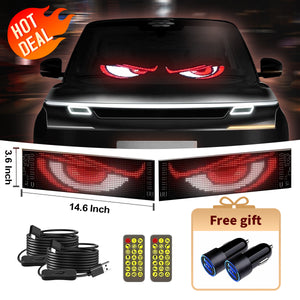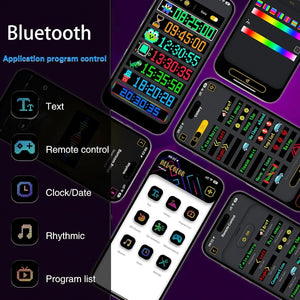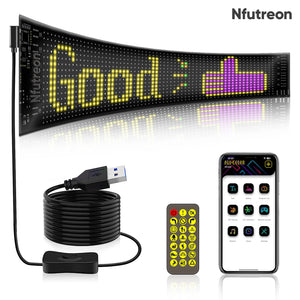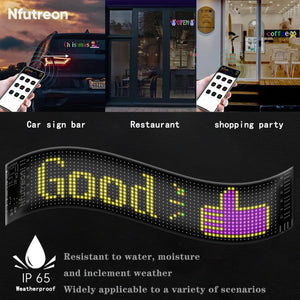So you’re looking to buy an LED capacitive touch screen? With so many out there, how do you choose the right one for you? Don’t worry we’re here to help! In this guide we’ll go through the key points to consider and give you some tips to make it easier.

What is an LED Capacitive Touch Screen?
Before we get started, let’s quickly explain what an LED capacitive touch screen is. This type of screen uses LED (Light Emitting Diode) technology for the display and capacitive technology to detect touch. Unlike resistive touch screens which use pressure, capacitive screens detect touch through the electrical conductivity of your fingers. They are more responsive and durable that’s why they are used in smartphones, tablets and other devices.
Key Factors to Consider
1. Screen Size and Resolution
First off, think about the size of the screen you need. LED capacitive touch screens come in all shapes and sizes from small ones for handheld devices to large ones for kiosks or displays. Bigger isn’t always better; it depends on where you’ll be using the screen and what you’ll be using it for. Also, consider the resolution. Higher resolution means a clearer and sharper image which is great for detailed graphics or text.
2. Touch Sensitivity
Touch sensitivity is key. A good LED capacitive touch screen should be highly responsive to your touch. It should detect even the lightest touch and work smoothly without any lag. Check the screen’s specs for details on sensitivity levels. If possible test the screen in person to see how it responds to different touches.
3. Durability and Build Quality
Durability is important especially if the screen will be used in a public place or high traffic area. Look for screens made with high quality materials like tempered glass. This type of glass is scratch and impact resistant making it perfect for heavy use. Some screens also have additional coatings to reduce glare and fingerprints which is a nice bonus.
4. Viewing Angles
Not all screens are created equal when it comes to viewing angles. If people will be looking at the screen from different angles you want one that maintains color accuracy and brightness from all sides. LED screens are generally good in this regard but always check customer reviews and product specs.
5. Compatibility and Connectivity
Make sure the screen is compatible with your existing devices and systems. Check for different input options like HDMI, USB or VGA. Some screens also have wireless connectivity options which is very convenient. Ensure it works seamlessly with your operating system whether it’s Windows, Android or iOS.
6. Price and Warranty
Last but not least consider your budget. LED capacitive touch screens can range from very cheap to very expensive depending on size, brand and features. Set a budget and look for screens that offer the best value for your money. Don’t forget to check the warranty. A good warranty can save you from future headaches if something goes wrong with the screen.
Buying Tips for LED Capacitive Touch Screen
-
Read Reviews: Always read reviews before you buy. Reviews will tell you how it performs in real life and the potential issues.
-
Test the Screen: If you can, go to a store and see the screen in action. Testing it yourself is the best way to know how responsive and good the display is.
-
Consider the Environment: Think where you will use the screen. For outdoor use, look for screens with high brightness and weather resistance.
-
Check Support and Updates: Make sure the manufacturer has good customer support and regular software updates. So your screen will be functional and secure in the long run.
Buying the right LED capacitive touch screen is not that hard. Just consider the size, sensitivity, durability and compatibility. Set a budget and read reviews so you’ll get the best deal.





